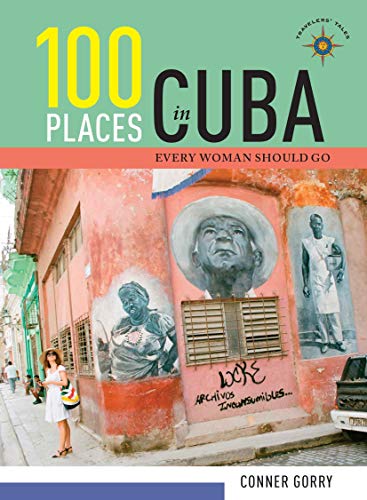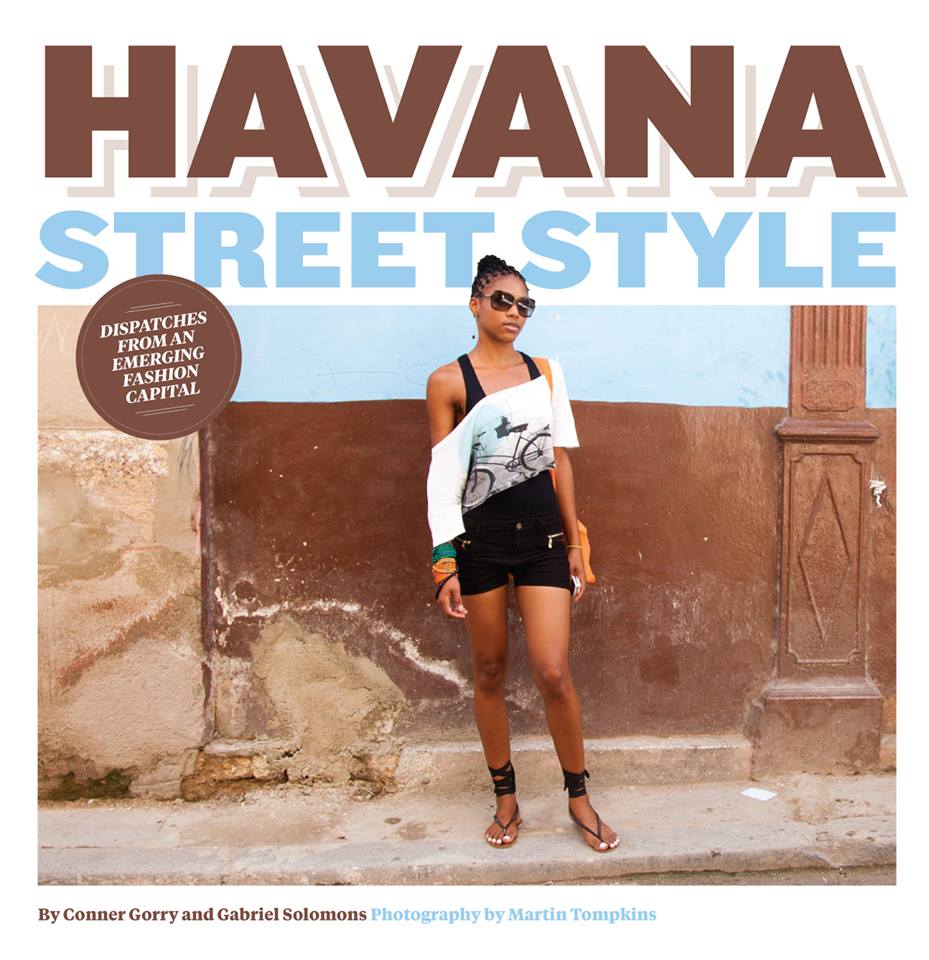I know more than a little about ‘cuento propismo,’ which in Cuba means freelancing (see note 1). I’ve been a cuenta propista writer since my grad school thesis was published and while writing is qualitatively different from slinging soggy pizzas from a Centro Habana tenement, many of the same principles apply. Tax burden and penalties; supply and demand; competitive advantage; 7-day work weeks and phantom vacations; plus a good dose of self-discipline, accountability and responsibility all come in to play when you’re your own boss. You also need to hone or have a knack for selling your product.
Here in Havana, where small businesses are sprouting like zits on a teenager, the learning curve is steep. Marketing is largely limited to twinkly lights, decals, and flyers and it’s not uncommon to see half a dozen or more cafeterias selling the same greasy grub on a single block. To date, over 400,000 people have solicited licenses to run or work at private businesses (tellingly, statistics released by the government fail to mention how many of these businesses have closed or failed since the licenses became available), the majority for food sales, preparation and services. It’s an experiment in market capitalism unfolding as I write this and it’s changing the face and feel of the city.
Some of the transformations are good, others are bad, and a few are ambiguous – for now anyway. Like a ‘sleeping shrimp,’ I’ve been swept along, but Havana is starting to feel vastly different for both individual and societal reasons and whenever I get this ‘oh shit, the roller coaster is about to dip and bank’ foreboding, I know it’s time to write about it.
Because I’m consciously, doggedly trying to emphasize the positive, I’ll start out with the good changes first.
The Good
More choice – For too long, Cubans have had to settle for what was available, when and if it was available. This is a result of severe scarcity on a national scale, for reasons well known (see note 2), coupled with centralized control of every sector of the economy. Today, you can choose from where you buy (state or private) and from whom – a friend, neighbor, family member, the muchacha you have a crush on, or the little old man trying to make ends meet. Both purveyors and consumers are still learning about how competition combines with supply and demand to drive choice, but at least now there is a choice – for those who can afford it (more on this under ‘The Bad,’ later).
Higher quality goods and services – The quick learners fast realized that they needed to provide quality products and services if they were going to survive. The savviest of Havana’s new small business owners – many from the Diaspora returning to the island to get a jump on the post-socialist Gold Rush – provide guarantees for their services and inculcate in their staff the philosophy that the customer is always right (not an easy feat in the Independent Republic of Saben lo Todo). On the consumer end, Cubans are starting to appreciate the value of paying more for higher quality – in other words, ‘you get what you pay for’ is starting to take hold.
Greater control and room to breathe/dream – One of the benefits to all this private enterprise – as intangible and unquantifiable as it may be – is that people working in the cuenta propista sector feel they have a modicum of control over their lives and destinies. This isn’t very practical in the state sector where the rule of thumb is ‘we pretend to work and they pretend to pay us (a pittance),’ and decisions can be made without explanation and seem absurdly arbitrary as a result. Striking out on your own, meanwhile, takes courage, fortitude, and a semblance of vision; how you dream your future can’t be arbitrary. It’s particularly nebulous, this ‘dare to dream’ benefit of the new economy, but I think it’s one of the critical changes we’re undergoing here. I’ve been hanging out with a lot of 20-somethings lately and this craving to ‘create your own reality’ is especially relevant to them. Working in the private sector puts money in their pocket – decent money, often for the first time – and habilitates dreams of how to spend it, teaches them to budget and save, and plants the seed that if you work hard, you’ll have the means to make bigger dreams a reality (see note 3).
Now The Bad…
Haves vs Have Nots – All those choices and quality goods, not to mention that entrepreneurial get-up-and-go? It’s only available to those already with the means. Sure, the government has started providing small business loans, but what’s really driving the new economy is that part of the population with the money to buy what’s on offer, invest in a great idea, or renovate a killer location for their new venture. Examples abound: fancy private gyms and spas; lounges a la London or New York serving $25 highballs; multi-bay car washes; and dog boutiques (yes, you read that right). And on the consumer end, we have ‘tweens with the latest iPhones, packed 3-D movie theaters, even paintball at $10 a pop. It’s the classic burgeoning middle class, but for every giddy kid with a new tattoo he’ll surely regret (I know of what I speak!), there’s a sad-eyed child wanting one of the fancy pastries in the window and an angry youth playing soccer barefoot. While I hardly register the flashy moneyed folks, each grim-faced granny and struggling single mother sticks with me. And I’m seeing more and more of them these days.
Life on fast forward – It’s amazing how slow, lethargic Havana has picked up speed of late. New cars hightail it through residential backstreets as if kids weren’t playing there; cafeteria patrons drum the counter top saying ‘I’m in a rush, hustle it up’; and ‘time is money’ is taking root as an economic/life concept. The digital boom fuels this and while I’ll be the first to champion faster internet, I worry the day will come (for some it’s already here), when we no longer make the time to spend time with the ones we love. I have to admit I’ve been guilty of this from time to time.
Prices are outrageous – Since the free(ish) market is brand new, charging ‘what the market will bear’ is being taken to absurd new heights. Agricultural cooperatives charge 10 pesos for four plantains (just a year or two ago these cost half this or less), while young men with bad hair charge 10 CUC for fixing a cell phone on the fritz; total labor: 15 minutes, meaning they make in a quarter hour what many make in a month. Service-based businesses are especially guilty and often don’t post prices, preying on the desperation of the customer who needs their phone fixed/car washed/business cards printed. I actually had this happen recently and when I took the guy to task, he said: ‘next time I’ll tell you the price beforehand’ (see note 4). I let him know there wouldn’t be a next time because I would be taking my business to the (more transparent) competition.
Key items go missing – When products suddenly disappear from store shelves here, we say they’re perdidos – lost or missing. And many things are missing of late since private restaurants and the general population shop at the same stores. This is a real point of contention for cuenta propistas who (rightfully) complain that they have to buy all their materials at retail prices, heavily compromising their profit margin. For the rest of us, certain items are increasingly hard to find – coffee, butter, cheese, toilet paper – as they get snatched up by restaurateurs stocking their larders. This creates even more societal friction and deepens the rift between the haves and have nots.
I don’t know how The Good and The Bad will eventually shake out, but I think we’d all be wise to buckle up because I predict The Bad is bound to get Worse. On the positive tip, there are a whole lot of creative, resourceful, intelligent and determined forces being released and connected right now which I admire. Whatever happens, you can bet I’ll be writing about it. Until then…
Notes
1. The literal translation is ‘by one’s account’ and in today’s changing Cuba refers to all small businesses from grannies selling bras and barrettes to Olympic stars running chic, expensive bars. These small business endeavors are permissible under what’s known in English as the Economic and Social Policy Development Guidelines, which began to take effect about two years ago.
2. Namely, the US blockade, the collapse of the Socialist bloc and ensuing Special Period, scarce resources in general and mismanagement.
3. As I write this, an email arrives in my inbox with this bit: “follow your dreams is sometimes a bit of a load of crap since your dreams don’t always pay the rent”. So far, so (pretty) good following my dreams, but point taken.
4. My bad for not asking the price ahead of time, but I needed the service provided desperately.













